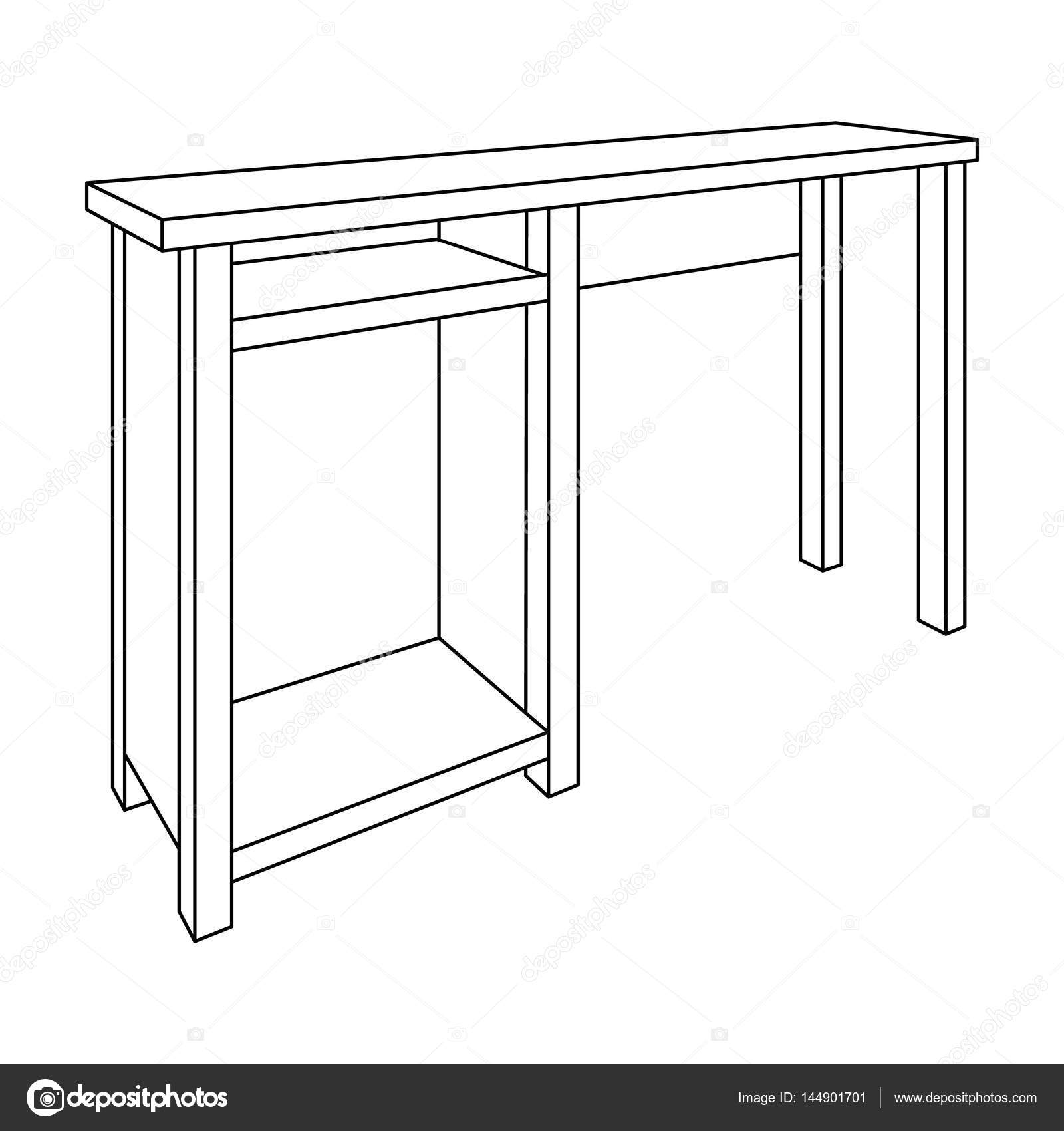Discover The Captivating Experience Of Reconditioning Vintage Cabinets, Revealing Unimaginable Tales And Disclosing The Secrets Of Background
Discover The Captivating Experience Of Reconditioning Vintage Cabinets, Revealing Unimaginable Tales And Disclosing The Secrets Of Background
Blog Article
kitchen renovation By-Cunningham Obrien
To start the journey of restoring antique cabinets, you need a keen eye for information. Think of uncovering concealed tricks within each layer of background ingrained in the wood. Image the complete satisfaction of reviving a once-forgotten piece to its previous glory. Every action of this meticulous procedure holds the key to protecting the past while developing a future treasure. So, are you all set to embark on this transformative venture and unlock the capacity of your antique closets?
Examining the Cabinet's Condition
When starting the remediation procedure, beginning by analyzing the condition of the antique cabinet. Carefully take a look at the total structure for any kind of indications of damage such as splits, chips, or loosened joints. Examine the wood for any rot, bending, or insect infestation that might have happened with time. It's vital to determine the level of the remediation required before continuing further.
Next off, examine the cabinet's hardware such as hinges, knobs, and locks. Make note of any type of missing out on pieces or parts that require repair service or substitute. Make sure that all hardware is operating correctly and securely attached to the cabinet.
Furthermore, assess the cupboard's coating. Search for any scratches, spots, or staining that may affect the aesthetic allure. Figure out if the coating requires to be stripped and reapplied or if a straightforward touch-up will certainly be adequate.
Gathering the Needed Devices and Materials
After evaluating the condition of the antique closet, the next step is to collect the necessary devices and products for the reconstruction process. Before you begin, guarantee you have the complying with things available:
- wood cleaner
- sandpaper in different grits
- wood filler
- paint or wood discolor
- brushes
- handwear covers
- security goggles
- a dust mask
- a drop cloth
- a putty blade
- a hammer
- a screwdriver
- a vacuum cleaner
These tools and materials are vital for a successful repair.
pantry organization systems is crucial for eliminating years of dirt and grime build-up, preparing the surface area for fining sand. Sandpaper of different grits assists in smoothing out imperfections and preparing the timber for a brand-new finish. Wood filler comes in handy for repairing any fractures, openings, or damages present in the cupboard.
Repaint or wood tarnish, along with brushes, enable you to tailor the cupboard to your preference. Keep in mind to use handwear covers, safety goggles, and a dirt mask for security. Put down a ground cloth to safeguard your work area, and utilize a hoover to tidy up any particles.
With https://elliottkxkgp.topbloghub.com/34032361/use-the-possibility-of-tailored-cupboards-to-boost-your-storage-choices-and-improve-the-organization-of-your-space and products gathered, you're ready to begin the reconstruction procedure.
Carrying Out the Restoration Refine
To effectively carry out the remediation procedure on your antique cupboard, start by completely cleaning up the surface area with the wood cleaner. This step is critical as it assists remove years of dirt, crud, and old gloss that might have gathered externally.
As soon as the cabinet is clean and completely dry, evaluate the condition of the timber. Try to find any type of splits, scratches, or various other damages that require to be attended to. Use timber filler to repair any type of blemishes, making certain to match the filler shade to the wood tone for a smooth coating.
After the repairs have dried, carefully sand the whole surface to create a smooth and also base for the new surface. Be careful not to sand as well aggressively, as you don't want to harm the timber below.
Once the sanding is total, use a wood discolor or end up of your choice, adhering to the producer's guidelines. Allow the coating to completely dry entirely prior to applying a safety top layer to ensure the long life of your restored antique closet.
Verdict
Now that you have actually finished the reconstruction process, your antique closet looks as good as new.
By following cabinet installation tips -by-step overview, you had the ability to evaluate, fix, and enhance its problem easily.
With a fresh finish and safety top coat, your treasured piece will continue to radiate for years to come.
Take pleasure in the appeal of your brought back antique cabinet!
